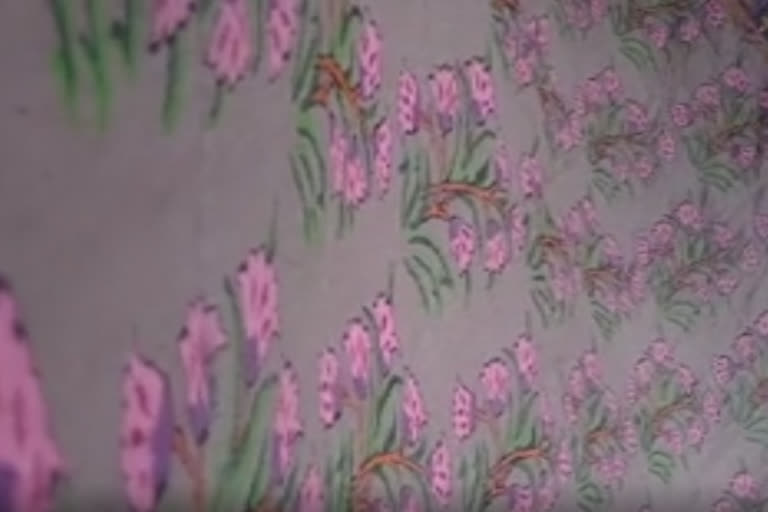Srinagar: Kani Shawl, one of Kashmir's famed handicraft products, faces a rapid, steady decline. The accessory, like various others from the valley, represents Kashmir's unique cultural identity.
In 2020, Kanihama village, in central Kashmir's Budgam district, was promoted by the Ministry of Textiles as a handloom village, a step considered crucial at the time for the revival of the Kani Shawl.
After the GI tagging of Kani Shawl in 2010 and the handloom village status of Kanihama in June 2020, it was expected that the work of making Kani Shawl would be revived. But it did not happen. When talking to craftsmen, nothing except exasperation comes out of their words.
Speaking to ETV Bharat, however, Mushtaq Ahmed Salathi, an artist and a long-time maker of Kani Shawls, says it is facing an existential crunch due to fewer people willing to learn the art and the government's unwillingness to let it flourish.
"I have been making these for the last 45 years. Wages have reduced quite a bit. When I had started off, I used to get Rs 60,000, sometimes even Rs 70,000. Nowadays, the prices reach Rs 40,000 hardly, that too with much difficulty. The government does not provide us with exemptions for foreign exports, which is given to bigger merchants", Salathi said.
In the 70s, Srinagar, Budgam, Magam, and Pattan areas had the loom of house-to-house Kani shawl making and also these areas had the highest number of artisans associated with the industry. But after the 80s, with the decline in the number of Kani Shawl artisans, this unique industry began to decline. Efforts by the government to save this historic handicraft industry and breathe new life into it are also not proving fruitful. Because even now this work is limited to a few looms and such craftsmen.
Pashmina wool, obtained from rare sheep in Ladakh, is used to make Kani shawls. Kani shawls are made from colored pashmina wires. There are many reasons for the decline of Kani shawls, but the low wages of artisans are considered to be one of the main reasons.
Kashmiri Handicraft was once considered the backbone of the economy of Jammu and Kashmir, but these handicrafts are disappearing day by day while the number of artisans is now very low.



